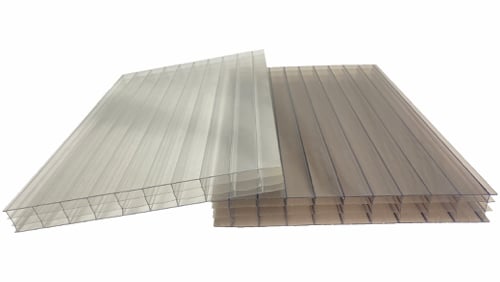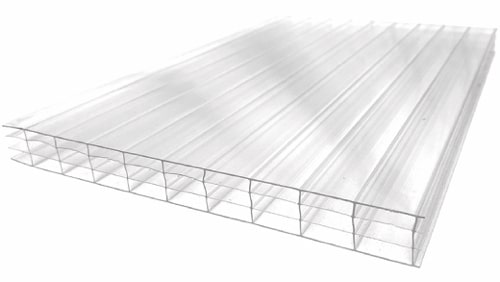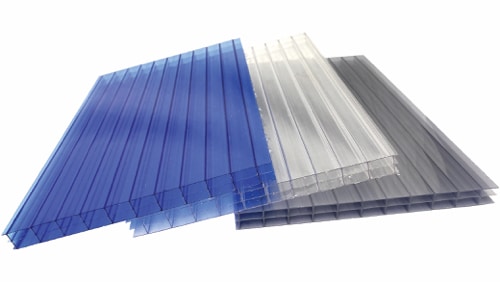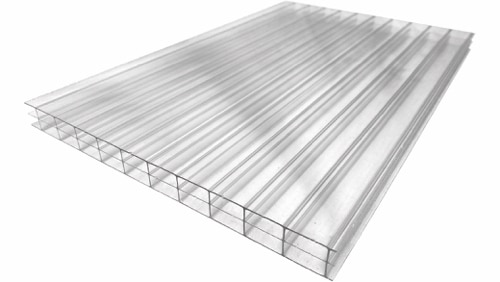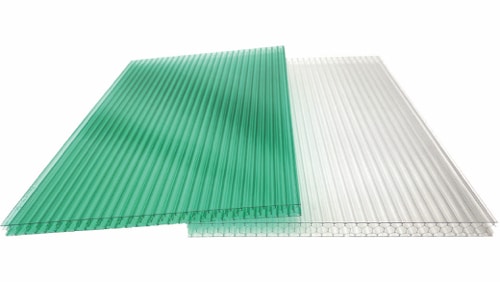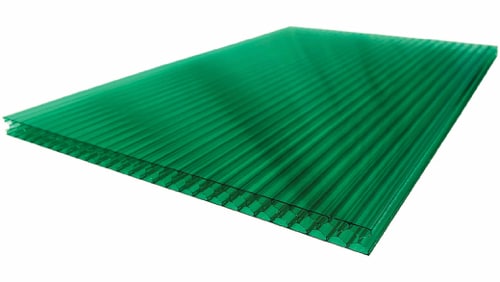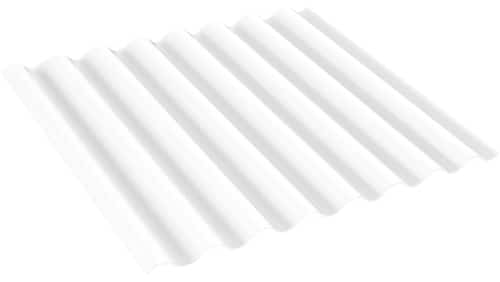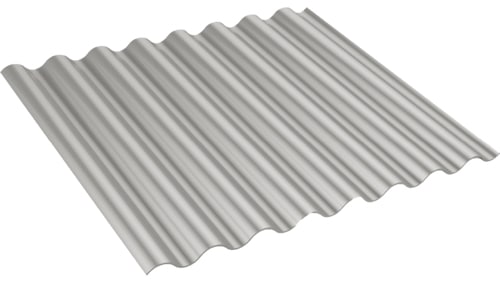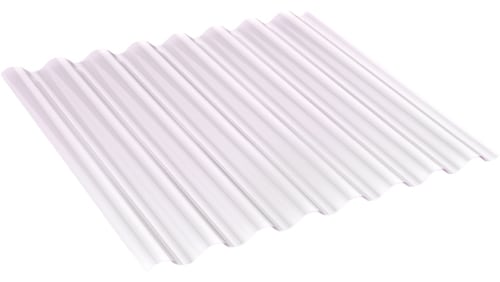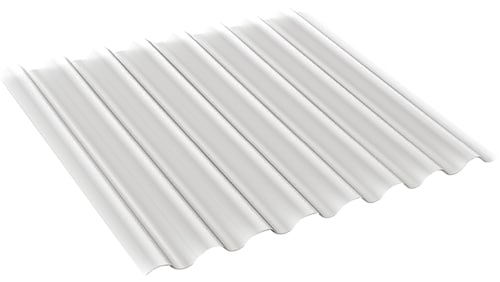Introducing Polycarbonate Façade
To explain what a Polycarbonate Facade is, first, you will need to learn about “Facade“.
Polycarbonate Facade, Loaned from the French word façade, meaning frontage or face, is generally the front part of exterior of a building, and is often viewed as an important aspect from either an aesthetic or engineering standpoint. A Polycarbonate Facade uses polycarbonate sheets as the material.
The combined properties such as ease of forming to shape, post-process, coloring and characteristics that pass strict building and safety regulations have made polycarbonate panels a very popular building and decorating material of choice in recent years. Polycarbonate Facade are used as exterior building panels. Polycarbonate Facade are easy to shape, process, color, and passes strict building regulations.
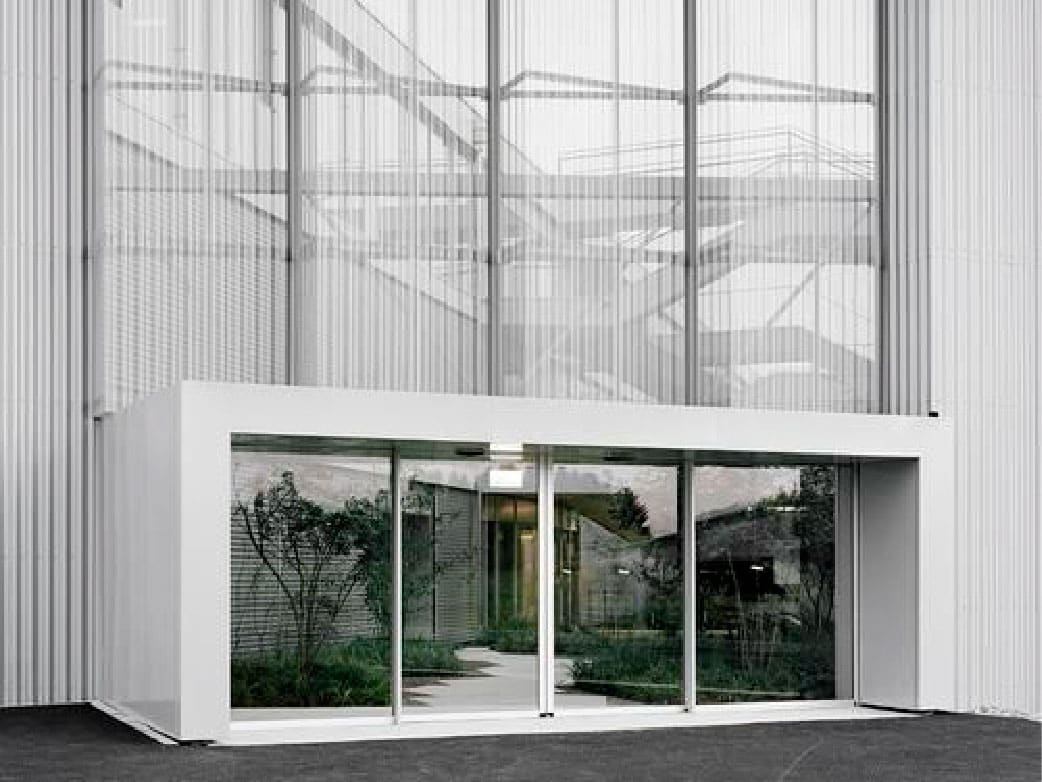
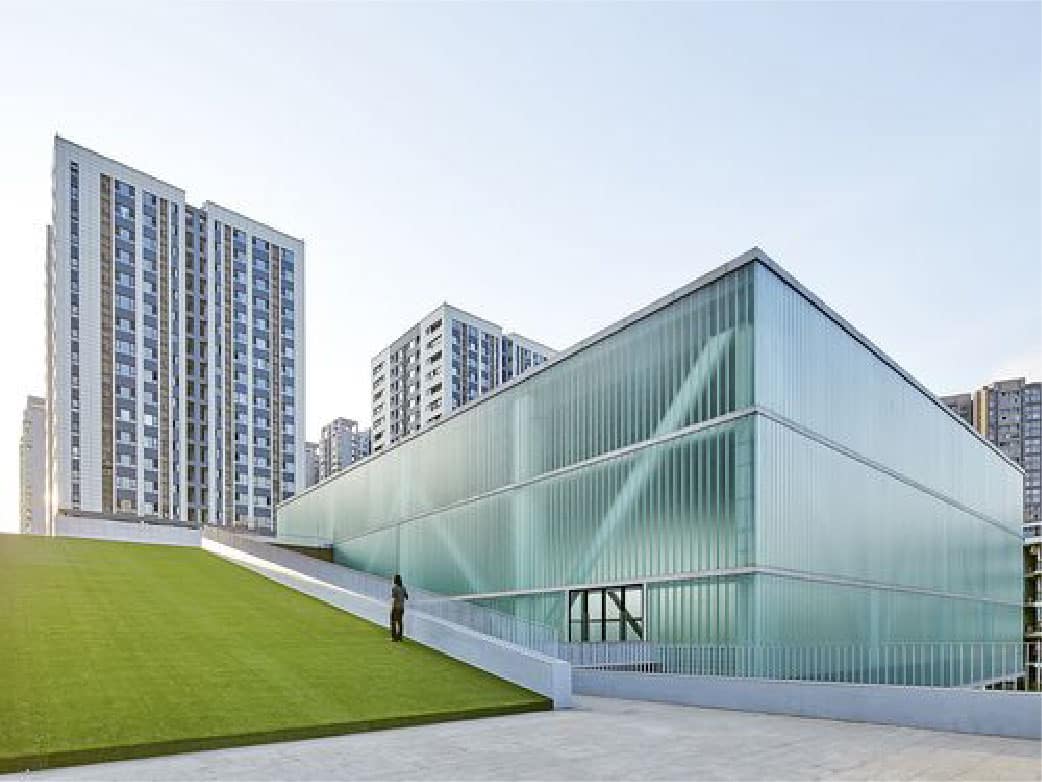
The Advantages of Polycarbonate Facade
Some of the advantages include but are not limited to:
Design flexibility
Polycarbonate panels are easy to either cold or heat formed to the desired shapes and angles, and are also easy to cut to size.
Maximum transparency or Privacy
Depending on the color chosen, for example, polycarbonate facade exterior walls can be designed to create ambient lighting conditions during the day, while glowing from within at night. For areas requiring privacy, polycarbonate panels or curtains can be tailored to become opaque while still allowing sufficient light to pass through, be it night or day.
Energy Saving
Polycarbonate sheets have better thermal insulation properties than other light transmitting glazing materials such as Perspex/PMMA, Acrylic, FRP and Glass, thus making it the better choice for energy efficient light transmitting constructions.
Related article : Polycarbonate sheets for Greenhouse | Vulcan PC applications
Safety
When it comes to security glazing, Polycarbonate facade can be said to be the best material due to its high strength but without the weight penalty. Materials such as PMMA or Glass cannot offer the same level of protection without additional post reinforcement processes.
Further Reading:

